
The Smithsonian Institution, or simply, the Smithsonian, is a group of museums and education and research centers, the largest such complex in the world, created by the U.S. government "for the increase and diffusion of knowledge". Founded on August 10, 1846, it operates as a trust instrumentality and is not formally a part of any of the three branches of the federal government. The institution is named after its founding donor, British scientist James Smithson. It was originally organized as the United States National Museum, but that name ceased to exist administratively in 1967.

Spencer Fullerton Baird was an American naturalist, ornithologist, ichthyologist, herpetologist, and museum curator. Baird was the first curator to be named at the Smithsonian Institution. He eventually served as assistant Secretary of the Smithsonian from 1850 to 1878, and as Secretary from 1878 until 1887. He was dedicated to expanding the natural history collections of the Smithsonian which he increased from 6,000 specimens in 1850 to over 2 million by the time of his death. He published over 1,000 works during his lifetime.

William Healey Dall was an American naturalist, a prominent malacologist, and one of the earliest scientific explorers of interior Alaska. He described many mollusks of the Pacific Northwest of America, and was for many years America's preeminent authority on living and fossil mollusks.

Robert Kennicott was an American naturalist and herpetologist. Chronic illness kept Kennicott out of school as a child. Instead, Kennicott spent most of his time outdoors, collecting plants and animals. His father schooled him at home and convinced naturalist Jared Potter Kirtland to take him as an understudy. Soon, Kennicott was providing specimens for the Smithsonian Institution via assistant secretary Spencer Fullerton Baird.

James Graham Cooper was an American surgeon and naturalist.

Clinton Hart Merriam was an American zoologist, mammalogist, ornithologist, entomologist, ecologist, ethnographer, geographer, and naturalist.
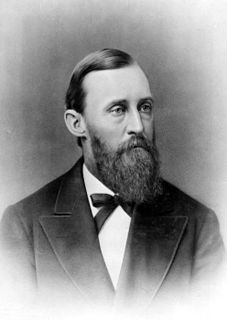
Ferdinand Vandeveer Hayden was an American geologist noted for his pioneering surveying expeditions of the Rocky Mountains in the late 19th century. He was also a physician who served with the Union Army during the Civil War.

William Stimpson was a noted American scientist. He was interested particularly in marine biology. Stimpson became an important early contributor to the work of the Smithsonian Institution and later, director of the Chicago Academy of Sciences.
Charles Leslie McKay was an American naturalist and explorer.
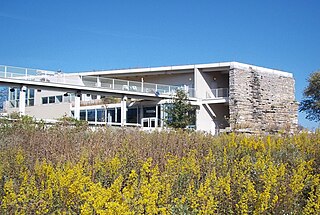
The Peggy Notebaert Nature Museum is a natural history museum located in Chicago, Illinois and operated by the Chicago Academy of Sciences. The museum traces its history to the founding of the Academy in 1857. After a century at a nearby location, the Academy opened its present museum named for benefactor Peggy Notebaert in 1999 at the intersection of Fullerton Parkway and Cannon Drive in Lincoln Park. The institution focuses on the natural history of the Chicago region, and offers educational programs for children and adults. It is also known for its live butterfly house, which is attached to a laboratory and program to study and enhance Chicago area butterfly populations.
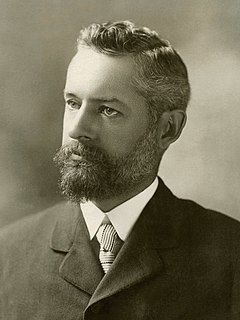
Edward William Nelson was an American naturalist and ethnologist. A collector of specimens and field naturalist of repute, he became a member of several expeditions to survey the fauna and flora. He was part of a team with Clinton Hart Merriam that took part in the Death Valley Expedition. He also explored the Yosemite Valley. A number of vertebrate species are named after him.

Henry Bryant was an American physician and naturalist. He was the grandfather of Henry Bryant Bigelow.

The Pacific Railroad Surveys (1853–1855) consisted of a series of explorations of the American West to find possible routes for a transcontinental railroad across North America. The expeditions included surveyors, scientists, and artists and resulted in an immense body of data covering at least 400,000 square miles (1,000,000 km2) on the American West. "These volumes... constitute probably the most important single contemporary source of knowledge on Western geography and history and their value is greatly enhanced by the inclusion of many beautiful plates in color of scenery, native inhabitants, fauna and flora of the Western country." Published by the United States War Department from 1855 to 1860, the surveys contained significant material on natural history, including many illustrations of reptiles, amphibians, birds, and mammals. In addition to describing the route, these surveys also reported on the geology, zoology, botany, paleontology of the land as well as provided ethnographic descriptions of the Native peoples encountered during the surveys.
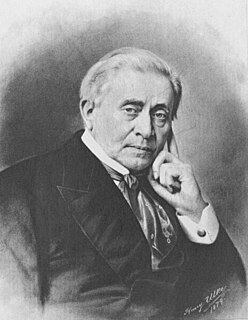
The Philosophical Society of Washington is the oldest scientific society in Washington, D.C. It was founded in 1871 by Joseph Henry. Today it continues as PSW Science.
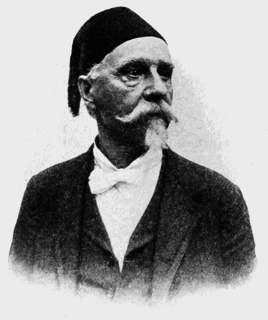
Henry Ulke was an American photographer and portrait painter.
The Scientific Lazzaroni is a self-mocking name adopted by Alexander Dallas Bache and his group of scientists who flourished before and up to the American Civil War. These scientists then gained greater support and laid the foundation for the National Academy of Sciences. However, the National Academy did not solve the problems facing a nation plunged in Civil War – as the Lazzaroni had hoped, nor did it centralize American scientific efforts.
The Smithsonian Institution Archives (SIA) is the archives of the Smithsonian Institution. SIA is located in Washington, D.C., United States, and maintains the archives related to the history of the 19 museums and galleries, the National Zoological Park, 9 research facilities, and the people of the Smithsonian.

The Baird Ornithological Club is a United States ornithological club. Founded in 1921, the club seeks to advance the field of ornithology and foster relationships between fellow ornithologists. The organization was named after Spencer Fullerton Baird. The organization was founded by Earl Lincoln Poole and Harold Morris in Berks County, Pennsylvania.

Solomon G. Brown was the first African American employee of the Smithsonian Institution. He was also a poet, lecturer, and scientific technician. He joined the Smithsonian in 1852 and remained there for fifty-four years until he retired in 1906. He was also a local civic leader, organizing and leading many educational and community organizations. He served in the Washington D.C. House of Delegates from 1871-1874.
















